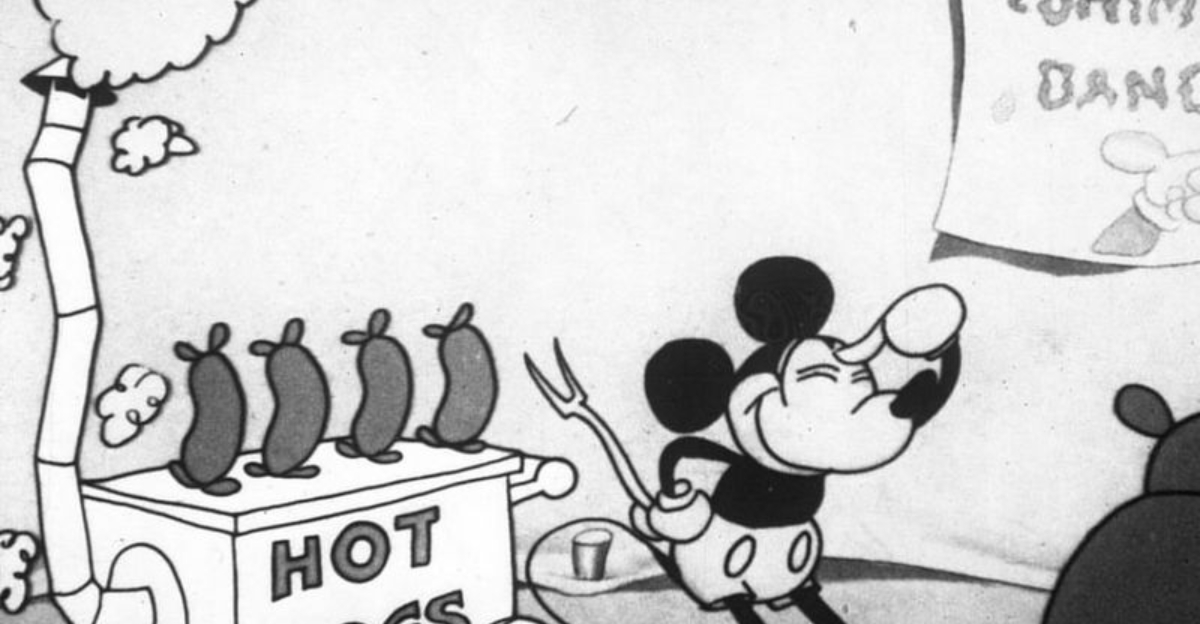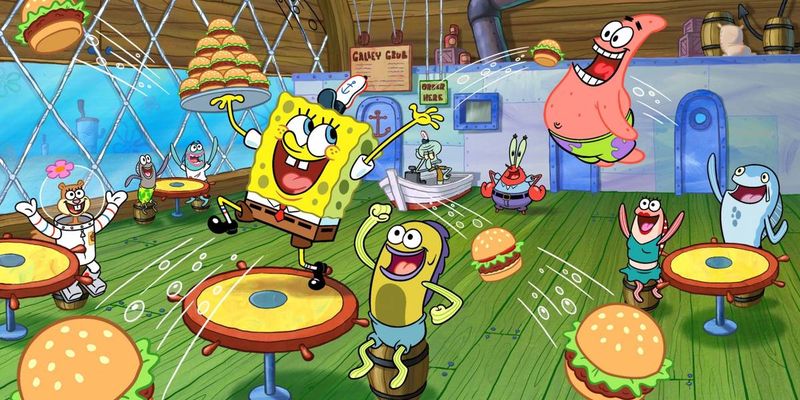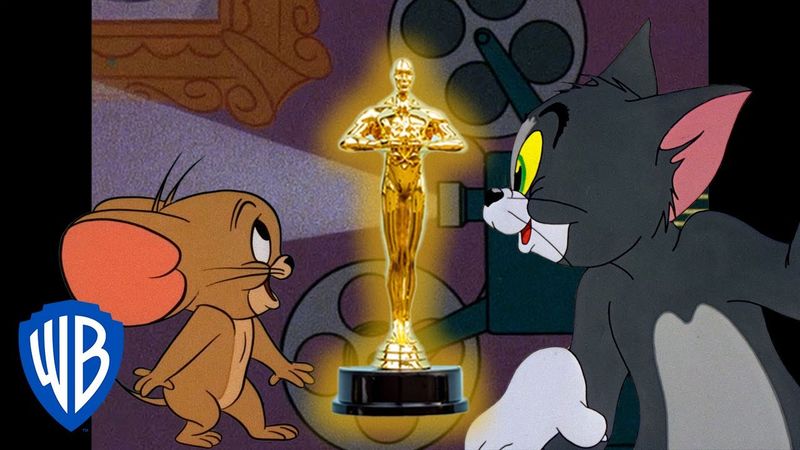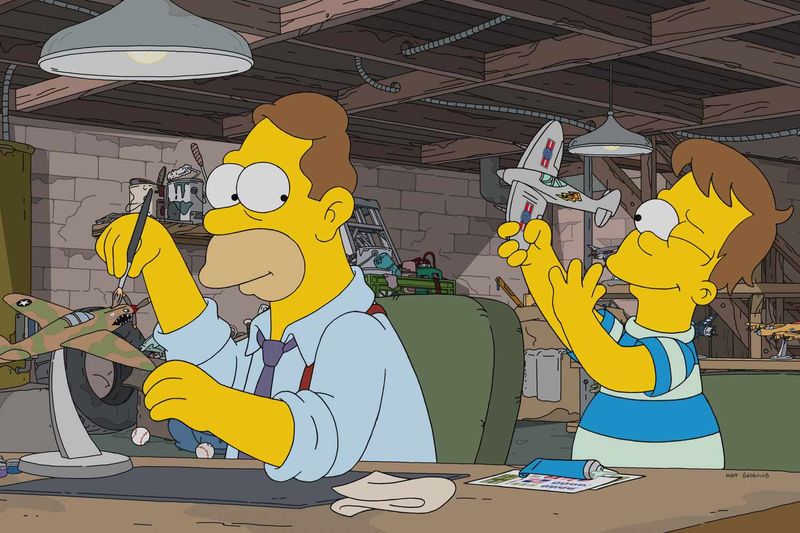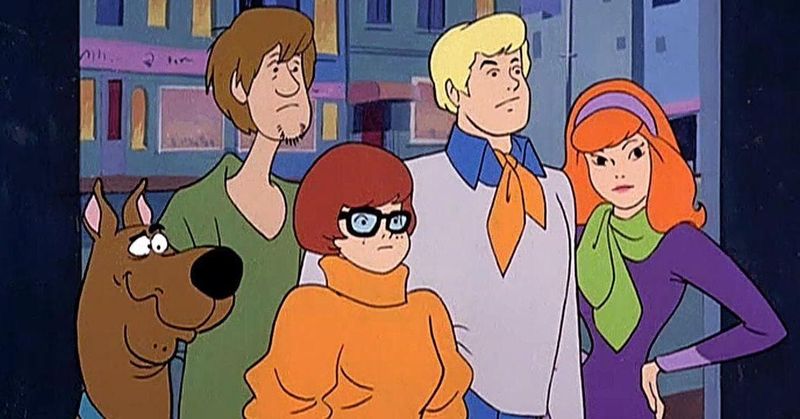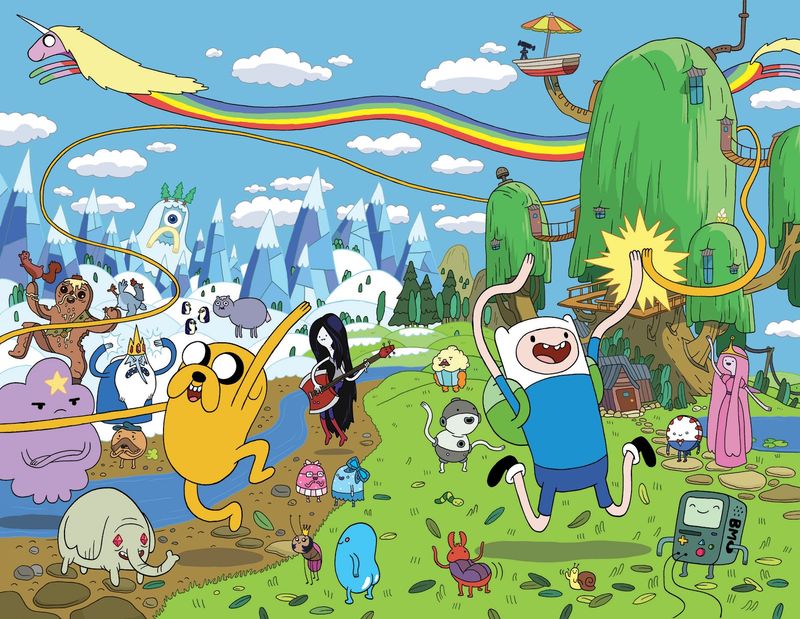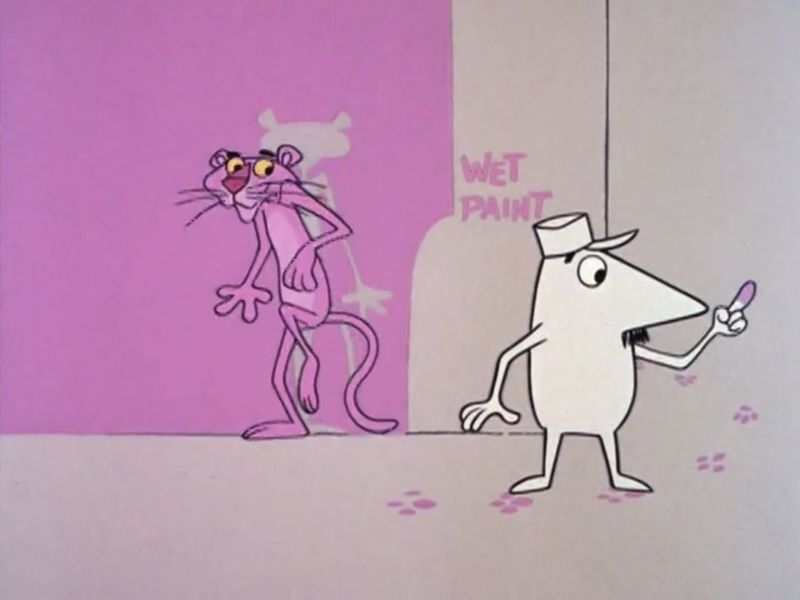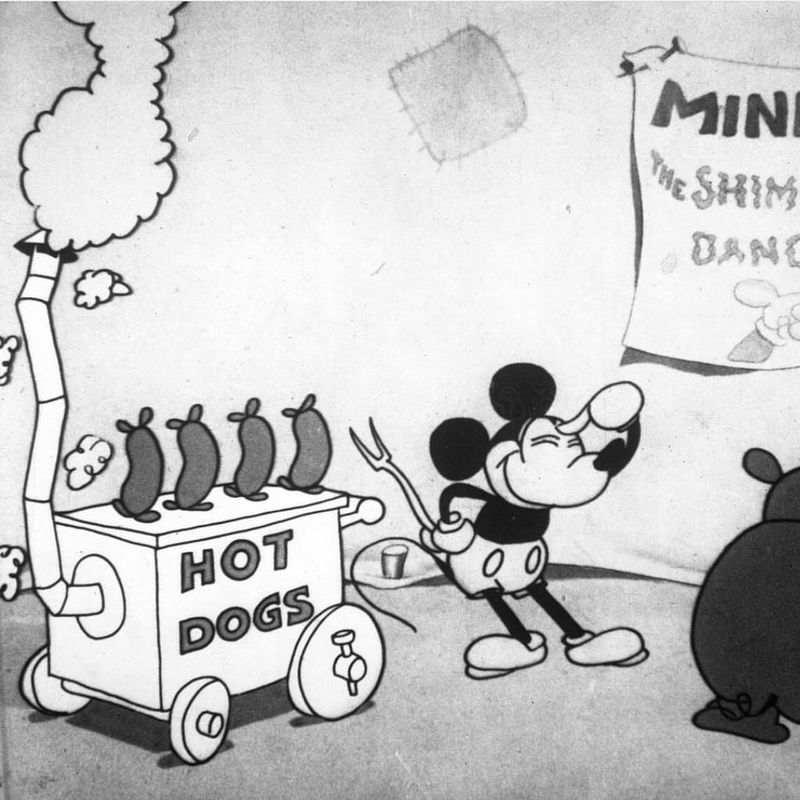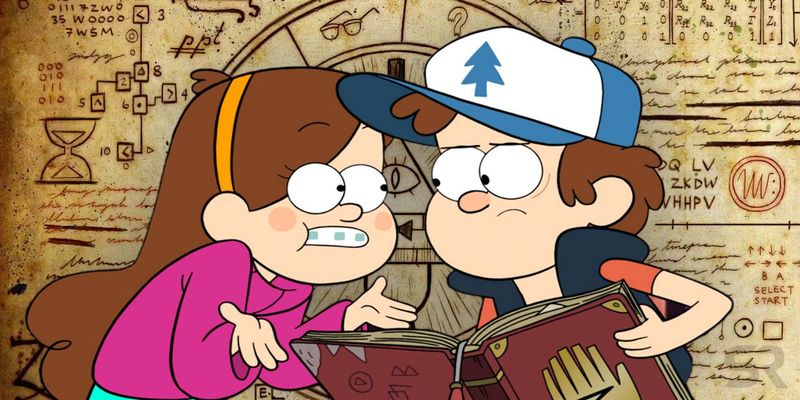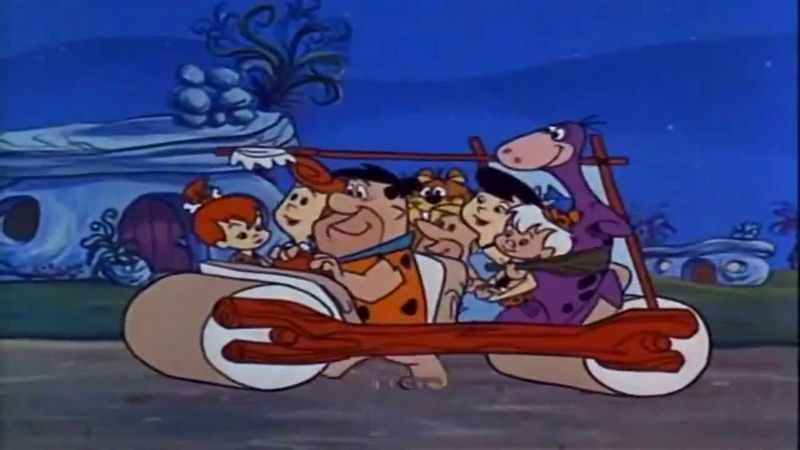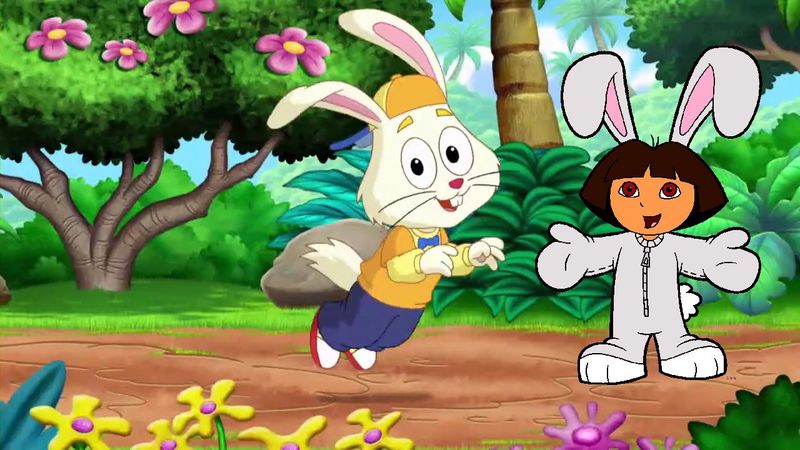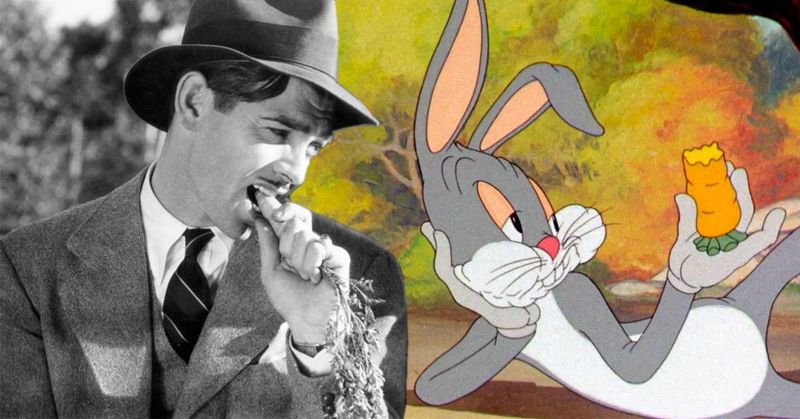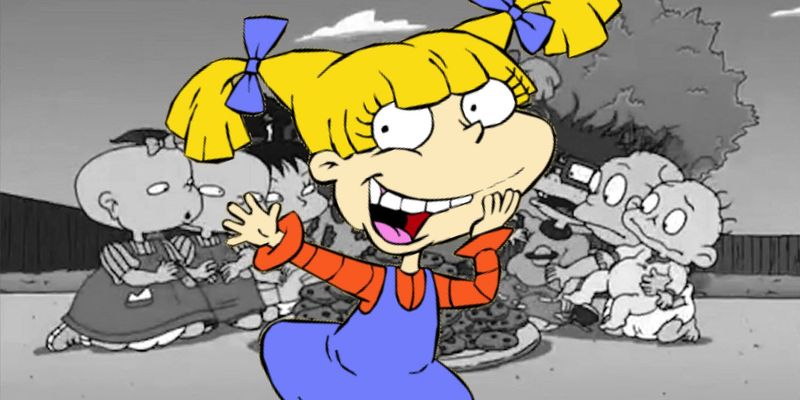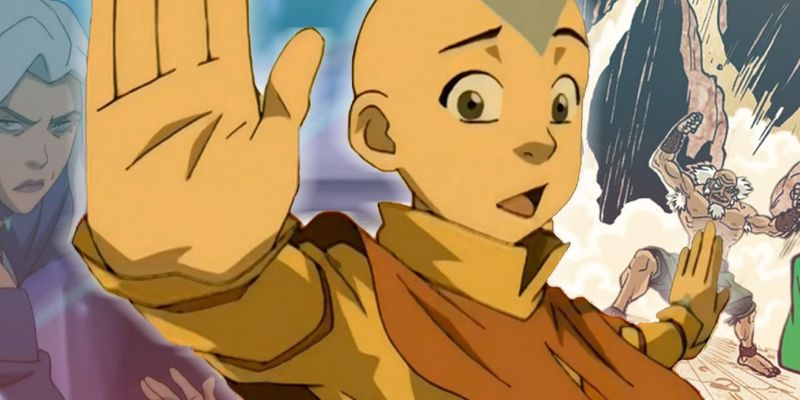Cartoons are not just entertainment for children; they often carry fascinating histories and surprising facts that many viewers might not realize. In this blog post, we delve into 13 intriguing insights about some of the most beloved cartoons. From original conceptions to hidden inspirations, these stories add layers to the characters we know and love.
1. SpongeBob’s Original Name
SpongeBob SquarePants was almost known as SpongeBoy. The character’s name had to be changed when it was discovered that ‘SpongeBoy’ was already trademarked for a mop product. This change led to the creation of the iconic name we know today. The idea of a sponge living under the sea seemed unusual, but it soon became a unique and beloved concept.
2. Tom & Jerry’s Oscar Wins
Tom and Jerry, the iconic cat-and-mouse duo, have won seven Oscars for Best Animated Short Film. This record places them at the top, as no other animated series has achieved this feat. Their slapstick humor and timeless antics have entertained audiences for generations. The awards highlight the series’ impact and the artistry behind its creation.
3. The Simpsons’ Longevity Record
The Simpsons hold the Guinness World Record for being the longest-running primetime animated series. With over 750 episodes, they have become a staple in television history. The show’s satirical take on American life has resonated with audiences worldwide. Its longevity speaks to its cultural relevance and ability to adapt over decades.
4. Scooby-Doo’s Real Inspiration
Scooby-Doo’s character was partly inspired by Frank Sinatra’s scatting in ‘Strangers in the Night.’ The show’s creator used this as a reference for Scooby’s unique speech pattern. This connection adds a layer of depth to the character, as it blends music and animation in a creative way. Scooby-Doo remains an enduring figure in pop culture.
5. Adventure Time’s Hidden Math
Adventure Time is set in the Land of Ooo, a post-apocalyptic Earth filled with hidden mathematical elements. The show’s original title was Adventure Time with Finn & Jake, hinting at its quirky nature. The cleverly embedded math and societal ruins add layers of intrigue to an already imaginative world, drawing fans into its mysterious realm.
6. Pink Panther’s Accidental Fame
The Pink Panther was initially a side character in the 1963 film’s opening credits. His charismatic presence led to unexpected fame, resulting in his own cartoon series. This transition from a secondary role to a central figure showcases the power of character appeal. The Pink Panther’s elegance and mystery captivated audiences, making him a cultural icon.
7. Mickey Mouse’s First Words
Mickey Mouse first spoke the words ‘Hot dogs!’ in the 1929 cartoon The Karnival Kid. This marked a significant moment, transitioning from silent animations to spoken dialogue. Mickey’s voice added a new dimension to his character, enhancing his charm. This evolution reflected the broader changes in animation history, setting the stage for future innovations.
8. Gravity Falls’ Hidden Codes
Gravity Falls is known for its intricate ciphers and hidden messages, including backward audio and various codes. These elements engage viewers in an interactive way, encouraging them to uncover the mysteries within the show. The clever use of hidden codes adds depth to the storytelling, making Gravity Falls a unique experience for fans.
9. The Flintstones’ Primetime First
The Flintstones made history as the first animated series to air during primetime on American TV. This groundbreaking achievement demonstrated that cartoons could appeal to adults as well as children. Their portrayal of a modern Stone Age family resonated with audiences, paving the way for future animated series to explore diverse themes.
10. Dora the Explorer’s Original Concept
Before becoming the adventurous girl we know, Dora was initially conceptualized as a rabbit. This early idea evolved into the beloved character who explores diverse cultures and environments. The transformation from a rabbit to a young explorer highlights the creative process behind the show. Dora’s character continues to inspire curiosity and learning.
11. Bugs Bunny’s Carrot Habit
Bugs Bunny’s iconic carrot-eating habit was inspired by Clark Gable’s scene in the 1934 film ‘It Happened One Night.’ This clever nod to classic cinema added a unique quirk to Bugs’ character. His love for carrots became a defining trait, enhancing his charm and wit. The homage to Gable showcases the playful integration of film history into animation.
12. Rugrats’ Original Dark Ending
Rugrats creators once considered a much darker ending where all adventures were within Angelica’s imagination. This concept would have revealed a tragic layer to the story, as Tommy was imagined to have died as an infant. While this ending was never realized, it adds an intriguing depth to the narrative. The decision to keep the show’s tone light-hearted continues to resonate with audiences.
13. Avatar: The Last Airbender’s Martial Arts
Each bending style in Avatar: The Last Airbender is based on a real martial art. Waterbending resembles Tai Chi, Earthbending reflects Hung Gar, Firebending is akin to Northern Shaolin, and Airbending mirrors Ba Gua Zhang. This infusion of martial arts gives authenticity and depth to the show’s fantasy elements. The thoughtful representation enhances the series’ appeal, connecting fantasy with real-world practices.
